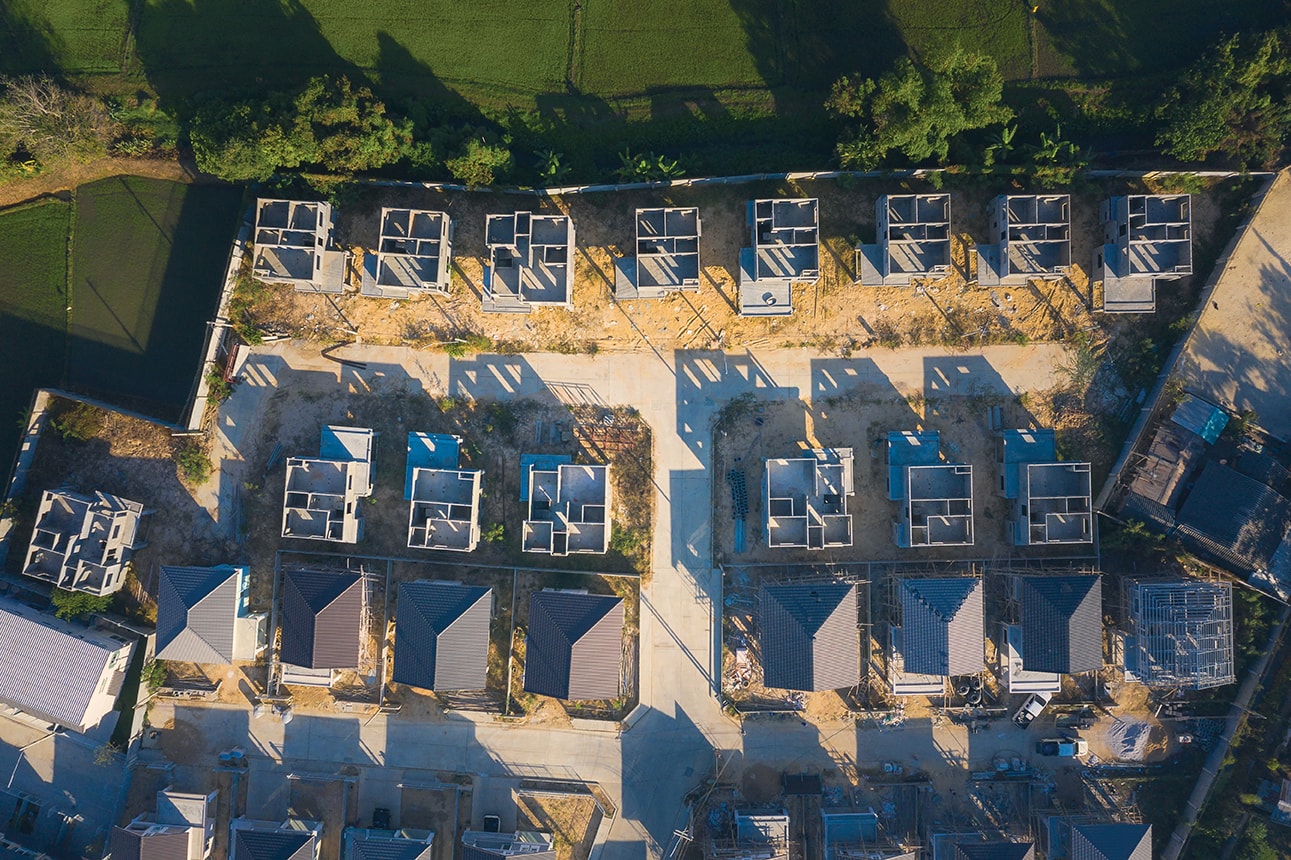Renewable energy generation and future-proofing homes as Victoria’s climate changes

As we’ve sweltered and shivered through an indecisive summer, Victoria’s weather continues to keep forecasters on their toes.
But the question of whether to take a jacket to brunch is far from our most pressing concern.
The recent heat and extreme weather is a timely reminder of Victoria’s changing climate, and that our infrastructure needs to adapt in order for us to enjoy a more comfortable and sustainable future.
Electricity produces around nearly 50% of Victoria’s total emissions. The development of Renewable Energy Zones would help power a net zero emissions future through clean energy while creating jobs within the community, particularly in regional Victoria.
With extreme heat and hot weather days putting pressure on electricity networks and infrastructure, our homes could be better designed to stay cooler and make them more climate-resilient. Globally, energy efficiency is predicted to be the single largest contributor to reducing greenhouse gas emissions.
This isn’t just about improving efficiency and keeping running costs down. Research shows more days of extreme heat could cause an additional 400 deaths each year in Victoria, if we don’t work to improve adaptation efforts.
Our draft 30-year infrastructure strategy includes a number of recommendations to navigate the energy transition to a net zero emissions future and respond to a changing climate.
For example, a mandatory energy efficiency disclosure scheme for the sale or rental of homes could encourage energy efficiency upgrades that would make existing homes more comfortable, resilient to extreme weather and cheaper to run. It could also improve the value of homes by 5% - 10%.
Energy efficiency improvements, air conditioning and rooftop solar for people living in social housing is also important for both comfort and affordability. We think northern Victoria is a priority due to its above average temperatures and the potential for the number of hot days per year to double by the 2050s.
Currently, only 17% of Victorian households are signed up to peak and off-peak electricity plans. Our draft strategy recommends encouraging Victorians to take up demand management pricing, which can reduce energy bills for customers who choose to use less during peak times. This takes pressure off our electricity network and limits the need for additional costly infrastructure.
We’re also recommending new homes in Victoria be built to a 7 star rating (or equivalent) by 2022, rising to 8 stars by 2025. More efficient homes use less energy, making them more comfortable and cheaper to run. It also means we don’t need to build as much energy infrastructure in the long run as we’re better managing our demand for energy.
By 2050, Victorian homes, businesses, transport and buildings can be powered by clean energy. Our buildings can be highly energy efficient, we can use water more wisely, and our cities and suburbs can be greener and cooler with a tree canopy of 30% plus in new growth areas and a network of interconnected open spaces across urban areas.
To share your vision for 2050, visit Engage Victoria to provide feedback on our draft recommendations. These will help shape our final advice to the Victorian Government on how to confront long-term challenges.